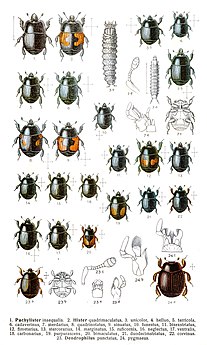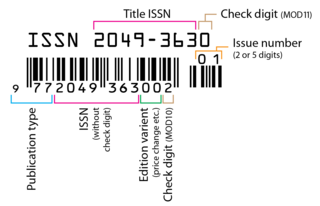Teretrius is a genus of clown beetles in the family Histeridae. There are at least 70 described species in Teretrius.
Xerosaprinus is a genus of clown beetles in the family Histeridae. There are at least 20 described species in Xerosaprinus.
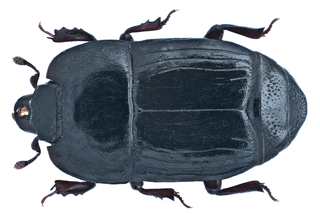
Platysomatini is a tribe of clown beetles in the family Histeridae. There are at least 30 genera and 380 described species in Platysomatini.
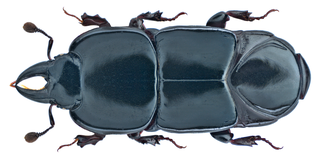
Hololeptini is a tribe of clown beetles in the family Histeridae. There are about 6 genera and at least 130 described species in Hololeptini.
Teretriosoma is a genus of clown beetles in the family Histeridae. There are about nine described species in Teretriosoma.

Teretriini is a tribe of clown beetles in the family Histeridae. There are about 5 genera and at least 90 described species in Teretriini.

Epierus is a genus of clown beetles in the family Histeridae. There are at least 40 described species in Epierus.
Pinaxister is a genus of clown beetles in the family Histeridae. There are at least four described species in Pinaxister.
Eurylister is a genus of clown beetles in the family Histeridae. There are at least 40 described species in Eurylister.
Phelister is a genus of clown beetles in the family Histeridae. There are at least 90 described species in Phelister.
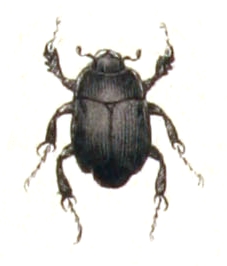
Dendrophilus is a genus of clown beetles in the family Histeridae. There are about 11 described species in Dendrophilus.

Halacritus is a genus of clown beetles in the family Histeridae. There are at least 20 described species in Halacritus.

Gnathoncus is a genus of clown beetles in the family Histeridae. There are at least 20 described species in Gnathoncus.
Euspilotus is a genus of clown beetles in the family Histeridae. There are at least 80 described species in Euspilotus.
Ulkeus is a genus of clown beetles in the family Histeridae. There are about six described species in Ulkeus.
Plagiogramma is a genus of clown beetles in the family Histeridae. There are at least 30 described species in Plagiogramma.
Merohister is a genus of clown beetles in the family Histeridae. There are about eight described species in Merohister.
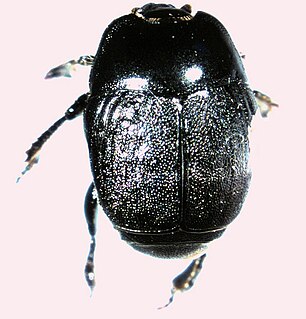
Neopachylopus is a genus of clown beetles in the family Histeridae. There are about six described species in Neopachylopus.
Anapleus is a genus of clown beetles in the family Histeridae. There are about 16 described species in Anapleus.
Hypocacculus is a genus of clown beetles in the family Histeridae. There are at least 20 described species in Hypocacculus.

